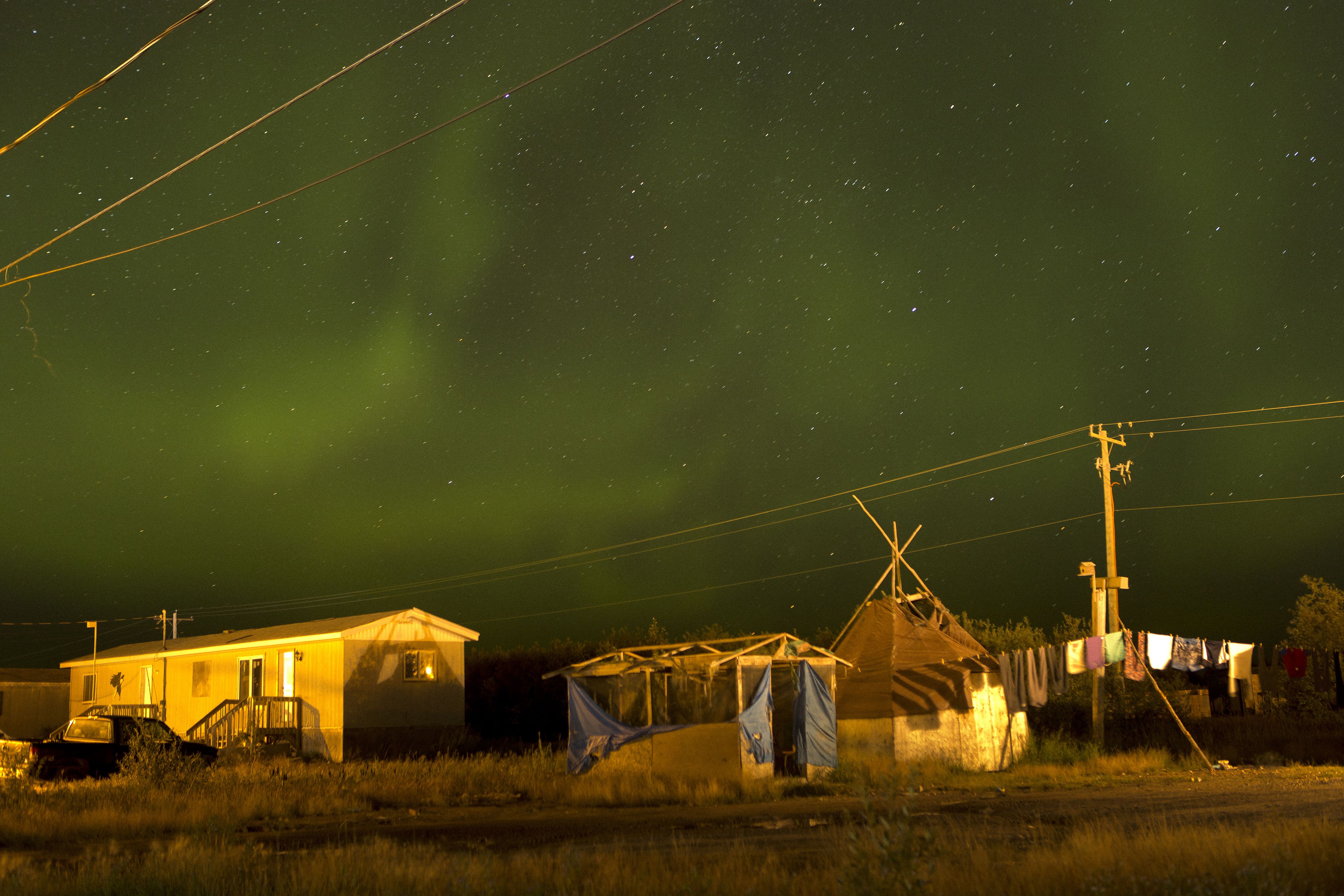In April 2016 when news broke of a suicide crisis in the remote Canadian First Nations reserve of Attawapiskat, Ontario, the world momentarily took notice. Media outlets from around the globe reported on the story of hundreds of suicide attempts in a town of under 2,000 people. The numbers were shocking and painted a picture of a town on the brink of disaster.
The events in Attawapiskat, while devastating, are sadly not isolated. They are a part of a greater struggle for all First Nations communities in Canada that sees them suffer a suicide rate significantly higher than their non-aboriginal counterparts. According to a 2000 report from the Canadian Institute of Health, suicide among First Nations youth (aged 15 to 24) was about five to six times higher than non-aboriginal youth in Canada. Attawapiskat itself has dealt with suicide among its residents long before this recent state of emergency was announced.
To better understand the events in Attawapiskat it is important to consider the recent crisis in the greater context of the ongoing impacts of colonial policies instituted by the Canadian government and the Ministry of Indian Affairs (now known as the Ministry of Indigenous and Northern Affairs). The legacy of the residential school system that saw young First Nations children removed from their families and communities and subjected to horrific abuses remains the foundation for the dysfunction prevalent in many Indigenous communities. The goal of the residential school system was to isolate children from the influence of their traditions, therefore assimilating them into mainstream Canadian culture. The same policies that led to the abuse, sickness and premature death of so many children continues to haunt communities like Attawapiskat.
Run by the Catholic church, the St. Anne's residential school in Fort Albany, Ontario, where children from Attawapiskat and neighboring communities were sent was the site of some of the worst cases of abuse and neglect in the country. It has become infamous for having a homemade electric chair used to punish children. In 1992, survivors of St. Anne’s held a conference to pull together their stories of abuse and try to forge a path towards healing for the community. Over 400 former students attended and presented stories of abuse, rape, torture and psychological trauma. The Ontario Provincial Police gathered 860 complaints of children being raped, sexually assaulted, tortured and physically abused by 180 identified perpetrators.
In the wake of the atrocities of St. Anne’s, the cumulative losses of language and culture across generations led to a breakdown of kinship structures and community networks. Children, removed from their parents and subject to widespread abuses, lost the opportunity to observe healthy parenting skills and so later in life, when they became parents themselves, many of them struggled not only to overcome the abuses they were subjected to but also to create safe and supportive homes for their own children. In some cases parents, grandparents and great grandparents had all suffered at St. Anne’s. A legacy of widespread inter-generational trauma for Canadian Indigenous people had been created by the government and the church, the outcomes of which are seen in communities like Attawapiskat today.
